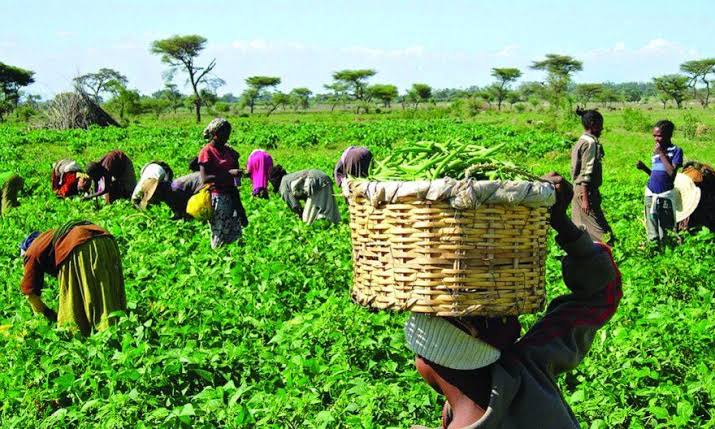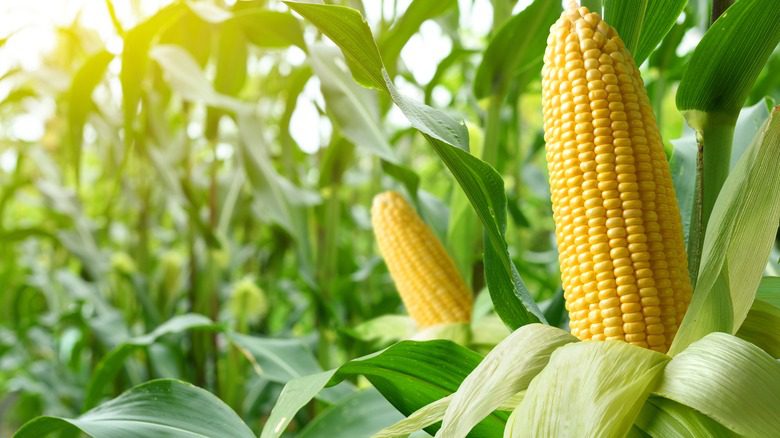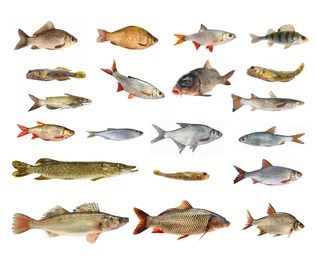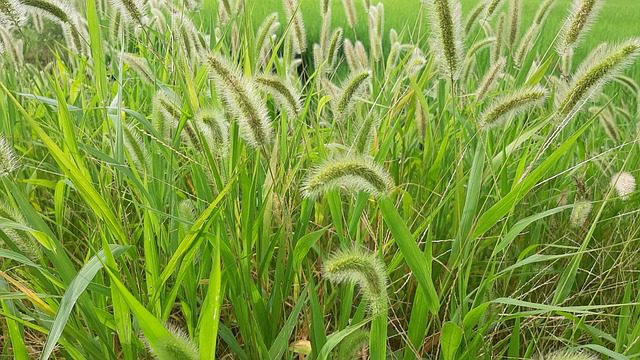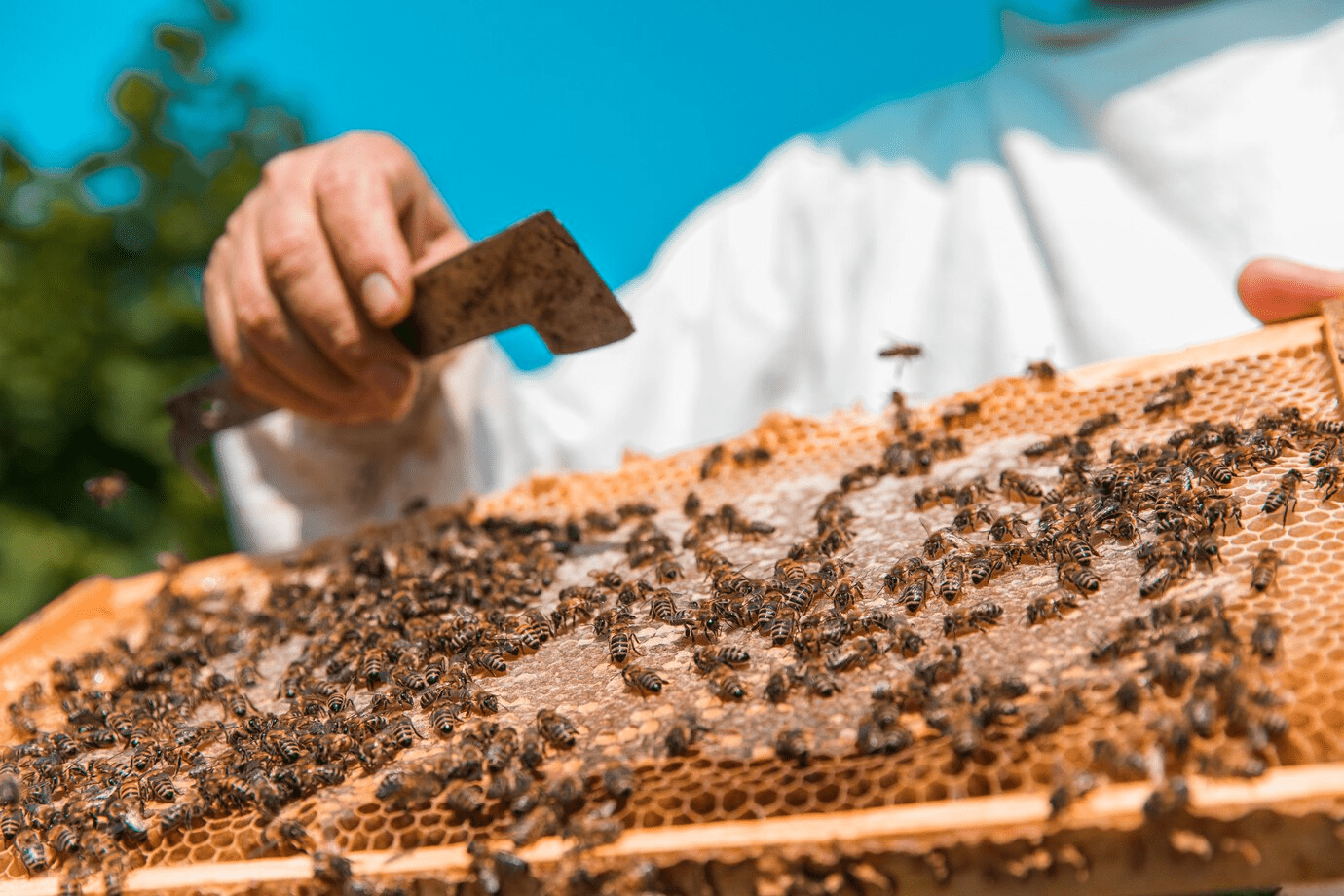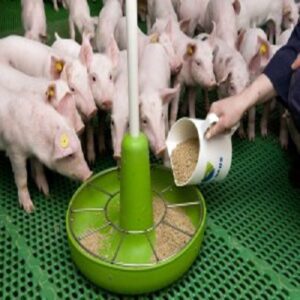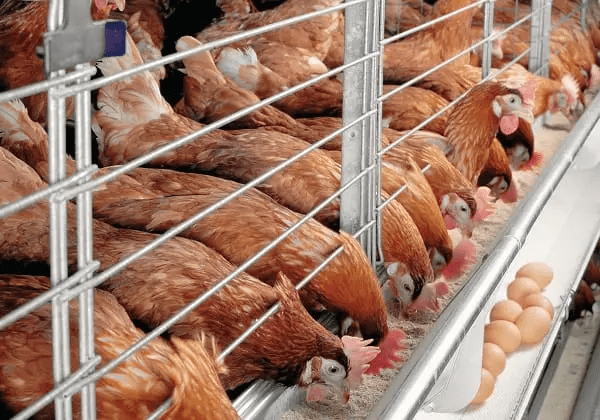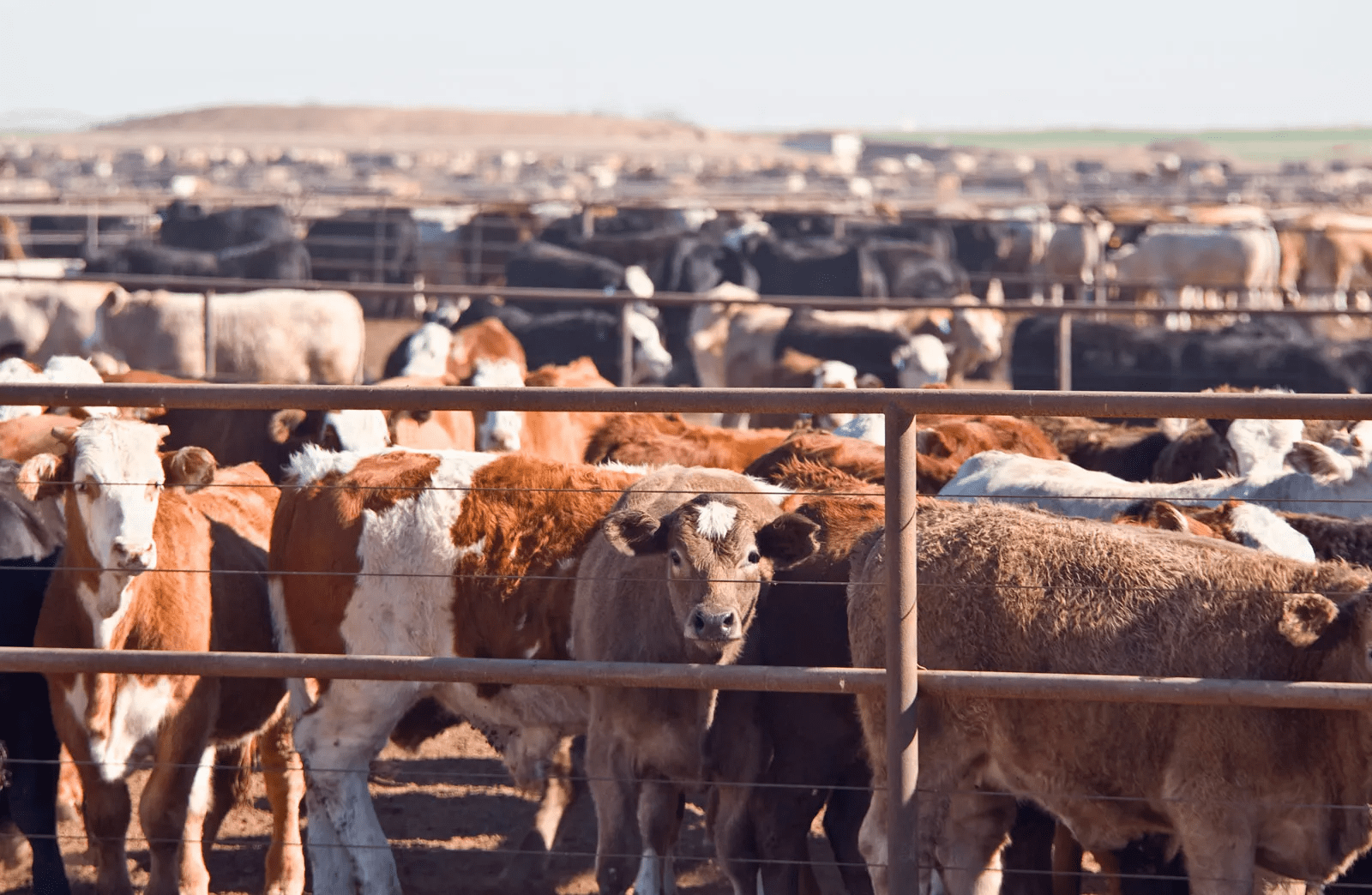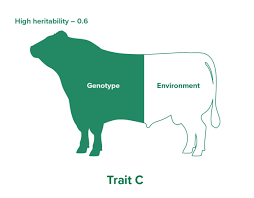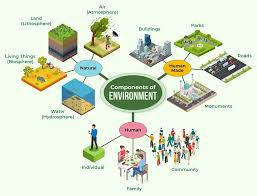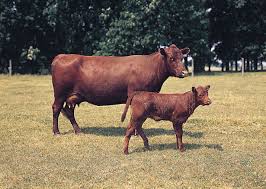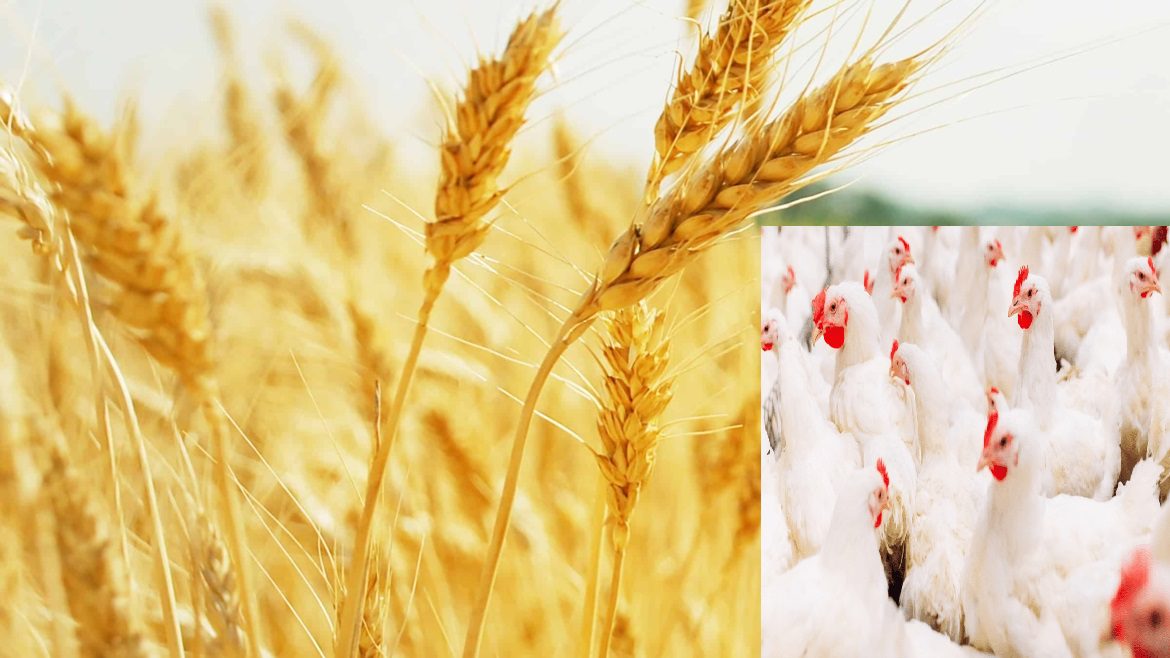
Agric4Profits.com – Your Comprehensive Practical Agricultural Knowledge and Farmer’s Guide Website…
It’s All About Agriculture – The Way Forward!
Browse Our Categories
Free Consultancy for African Women (Let’s Feed Africa!)
Free Agricultural Consultation Form
Latest Posts
Proper Method of Housing Poultry Chicks
Prospective poultry farmers are advised to make arrangement for their housing before arrival of poultry chicks. Considering their age “Day Old” (D.O.C), the kind of housing in which they will… Read More
34 Amazing Health Benefits of Quail Eggs: The Super Food
Quail eggs (Small in size but packed with essential minerals and vitamins) are more nutritious than most eggs, Quail eggs are richer in vitamins and minerals compared to chicken eggs.… Read More
Major, Secondary and Trace Elements in Crop Nutrition
There are eighteen essential elements for crop nutrition, each with their own functions in the plant, levels of requirement, and characteristics. Plant growth and development depends on nutrients derived from… Read More
Methods of Nutrient Absorption by Crops
Nutrients absorption by crops also known as nutrient uptake by crops can vary from less than 50 kg/ha to more than 1 000 kg/ha depending on the crop, variety, the… Read More
Guide to Liming and Soil Productivity
The most commonly used liming materials in soil productivity are ground limestone, dolomitic ground limestone, chalk, ground chalk, burnt lime and hydrated lime; almost 70% of the material currently used… Read More
Liming of Soils and Causes of Soil Acidity
In acid soils, liming materials react as a base and neutralize soil acidity. Liming is the application of calcium- and magnesium-rich materials in various forms, including marl, chalk, limestone, burnt… Read More

Animal Variation and Selection Principles
The concept of genetic parameters, particularly heritability and repeatability, plays a vital role in animal breeding. Heritability refers to the proportion of observable traits passed from parents to offspring. It… Read More

Heritability and Repeatability in Animal Breeding
The concept of genetic parameters, which includes heritability and repeatability, is of great significance to animal breeders. Understanding these parameters allows breeders to improve livestock performance through selection and management.… Read More

Concept of the Environment and Its Components
The environment includes everything—both living and non-living—that exists naturally on Earth. This includes the air, water, land, plants, animals, and even microorganisms. All these elements interact to form a system… Read More

Breeding Methods in Animals
Breeding methods, also known as mating systems, refer to the various schemes designed to bring selected male and female animals together as parents for future generations. This step follows the… Read More

Environmental Degradation and Its Consequences on Agriculture
Environmental degradation refers to the deterioration of the natural environment through the depletion of essential resources like air, water, and soil, the destruction of ecosystems, and the extinction of wildlife… Read More

Effects of Greenhouse Gas Emission in Agriculture
This article covers greenhouse gas emissions, their types, effects on the environment, and sources. Understanding the role of these gases and how they impact climate change is crucial for developing… Read More

